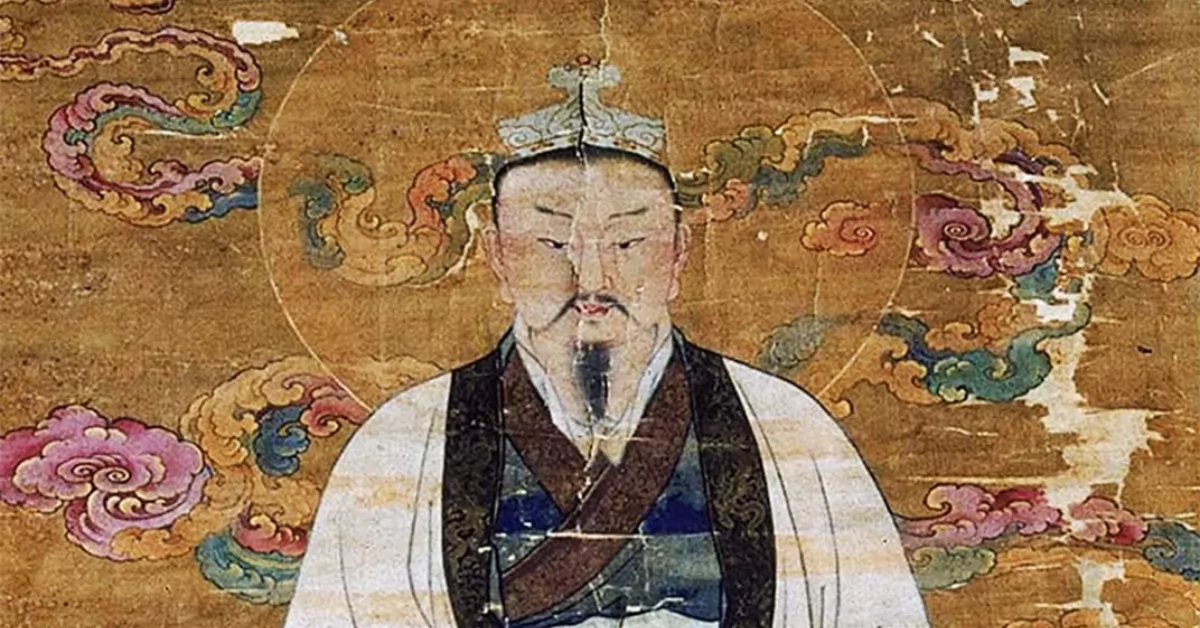Myths are generally creation or origin stories – symbolic tales from the remote past that explain how the world and nature came to be in its present form.
The Race to the Heavenly Gate is an origin story of the 12 Chinese animals, commonly referred to as the Chinese zodiac.
As with all forms of folklore, myths exist in multiple form and variation, and this narrative is no exception, with various titles and strands referring to the Chinese New Year Animals Story and The Great Race; a colourful and enduring description of how the 12 animals achieved eternal calendric status and their immutable order of rat, ox, tiger, rabbit, dragon, snake, horse, sheep or goat, monkey, rooster, dog, and pig.
The myth is associated with the Jade Emperor, who is purported to have called for the race. Also known as the Heavenly Grandfather or Daoist Ruler of Heaven, the Jade Emperor is a representation of the primordial god. He was a wise, noble and benevolent ruler of Heaven and Earth, and his many good deeds led to his supremacy over gods and humans alike.
Although head of the pantheon, the Jade Emperor was not responsible for creation. According to myth, the world began with Wuji…

Long ago in ancient China, the Jade emperor decided to hold a great race to name each of the 12 astrological years. He invited all of the animals in the realm to participate. The race involved crossing a great river, which would prove challenging for many of the animals.
The rat approached the ox and suggested they could win the race if they did it together. The ox and rat were best friends, and so the supportive and reliable ox happily agreed. The rat jumped up on the ox’s head and they headed off together. They travelled through the land and finally swam through the great river. They were just about to reach the finish line when the rat leapt off the ox’s head and made it over the finish line first. Thus the opportunistic rat made first place and became the first animal in the calendar, with the ox a close second.
The strong and passionate tiger was next to cross the finish line. Although exhausted, the tiger pushed through to make third place.
Coming in fourth place was the swift and sensitive rabbit. The rabbit was having a hard time hopping from stone to stone across the river, when suddenly a log floated by. The rabbit hopped onto the log, which quickly drifted to shore. Little did the rabbit know that just behind him was the dragon. The dragon saw the little rabbit in need and graciously blew wind to carry the log all the way to shore.
The Jade emperor was curious and asked the dragon why it was so slow when it could have flown across the river and easily won. It turns out, the dragon had been distracted from the race by a village that was in drought. The dragon provided rain to save the village then continued the race and was declared the fifth animal by the emperor.
Next came the galloping horse, who was rushing through the race so quickly that it failed to notice the snake curled around its hoof. As they reached the finish line, the clever snake unfurled itself over the finish line and became animal number six, while the horse made seventh place.
As the race continued, a raft floated to the finish line carrying the friendly ram, the playful monkey and the talkative rooster. The three of them had teamed up and crossed the river together. So, ram was eighth, monkey ninth and rooster tenth.
Some time later the dog finally surfaced from the river, having enjoyed a long bath. It took its time and made it across the finish line as the eleventh, and the penultimate animal of the Chinese calendar.
In twelfth place came the pig, who apologized for its tardiness, explaining that it had stopped for a little picnic, which made it sleepy and in need of a nap. As the pig crossed the finish line, the Jade emperor’s lineup was complete.
The order of the lunar calendar follows the outcome of the race, with each animal having achieved its permanent place in the Chinese calendar.
Thus, every lunar new year heralds the honour of the next animal, and so the 12-year cycle continues – after pig, comes rat, then ox and so on.
References
The retelling of The Race to the Heavenly Gate has been adapted from an account by Anjie Cho (www.anjiecho.com)
Portrait of the Jade Emperor, 16th century, Ming dynasty (housed in the Boston Museum of Fine Arts)


Leave a Reply